Seedling Production and Management : Recognizing one of the most exhausting, however insightful workshops I encountered
Nursery establishment and seedling production is the first step in reforestation, tree planting activity, and vegetable production. The success of reforestation, tree planting, and vegetable production would depend on how the nursery and seedlings are being managed. Production of quality seedlings in a well-managed nursery will result in effective reforestation in the area and vegetable plantation.

Hello, my dear Hivers! I hope you are all safe and in good health. In today's blog, I want to share my little learnings about the training I participated in last July 2011, especially for all agriculturists and biodiversity enthusiasts.
So here it is.
When I was in my previous station, our school was a recipient of Biodiversity, sponsored by the Soil Water Foundation of the Philippines. We are the first recipients of Biodiversity in Cebu Province. So, they conducted a series of training for the Biodiversity Coordinator of the recipient school. I am so lucky that my school sent me with one student as a participant in the said training.
The training was held last July 2011 at Bohol Biodiversity Complex, Barangay Roxas, Bilar, Bohol. The participants were seven teachers and seven students, OIC SDS of Siquijor, Division NGP Supervisor from various Divisions from participating high schools in the FPE-funded project, four national greening program focal persons, and two representatives from the DepEd Regional Office. The Implementing agencies were Soil and Water Conservation Foundation, Inc. in cooperation with the Bohol Environment Management Office.
Day 1- The Arrival and Preliminaries
We arrived at Tagbilaran City Bohol. The sponsoring agency met us at the port. We rode a Jeepney from Tagbilaran to Biodiversity Complex, Bilar Bohol. We had breakfast and checked in at the training center. After breakfast was the opening program, it started with the preliminaries: the National Anthem, the introduction of participants, prayer, house rules., an introduction to BBC and its components, training outline and schedule, had a tour of BBC to observe its resources. We had our Lunch at the mess hall.
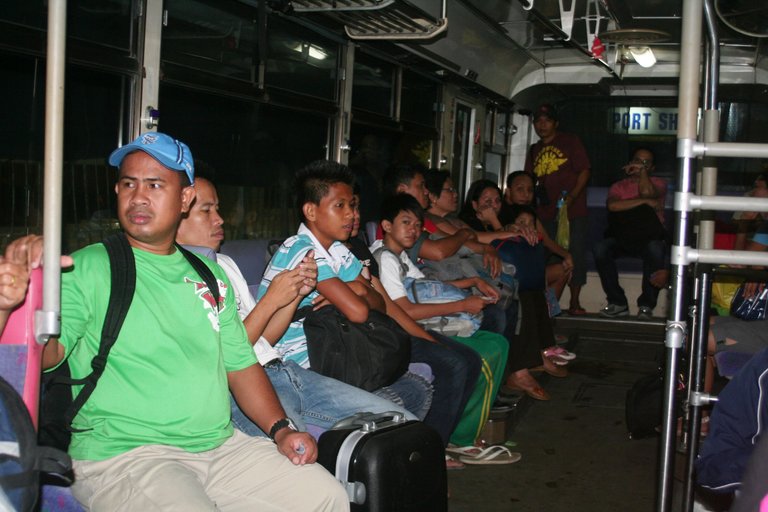
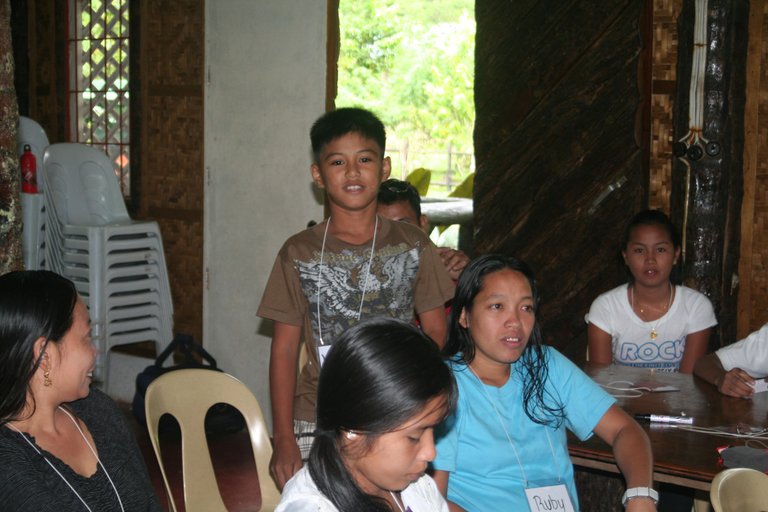
Day 1 was purely a lecture session. The topics were the following: the essential nursery, what a plant is, criteria for nursery site selection, preparation, and layout of nursery area, types of nursery infrastructure, tools and materials required, propagation of plant stock, care and maintenance, prevention and control of pests/diseases, preparation of plants for field planting preparation of bare-root seedlings and wildlings, criteria for selection of good "mother trees" for seeds and wildlings. After the lecture, each group was instructed to diagram and lay out their school nursery. It was a very exhausting day but full of learning.
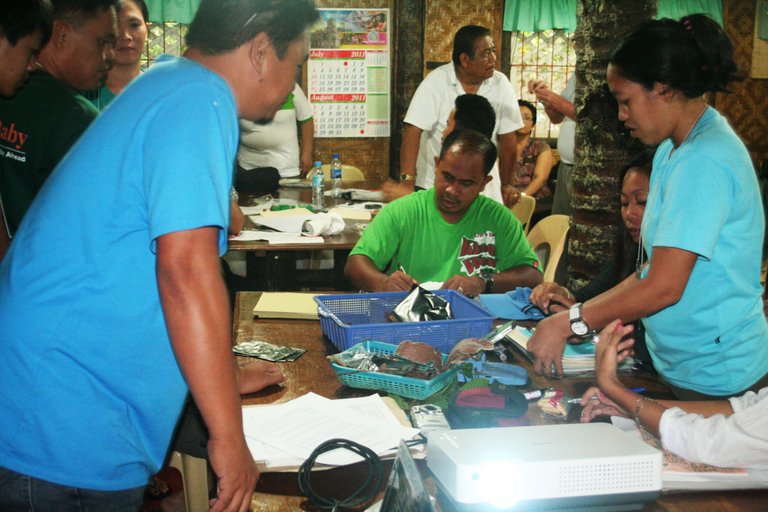
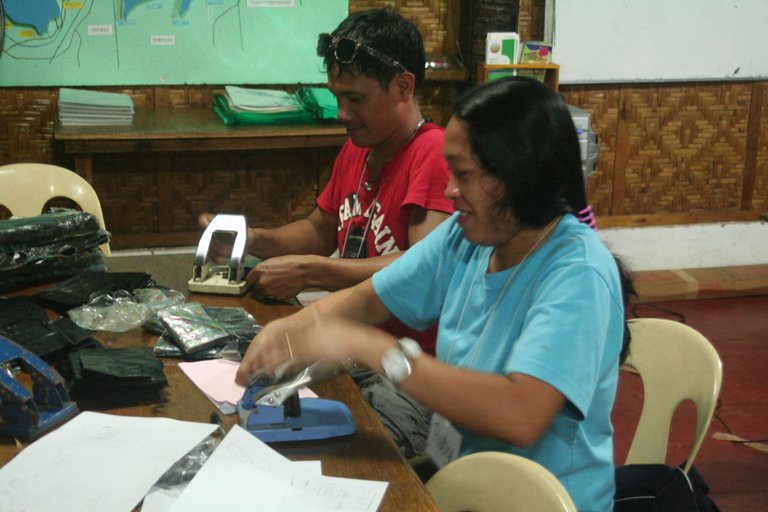

Day 2: Practicum
On the second day, we had a bird watching and recap of yesterday's session. The morning session was a practicum on soil management for the nursery. This included cleaning out part of the BEMO compost pile where leaves, soil, and other organic materials have been piled for about a year. The larger materials such as coconut husks, large branches, and woody materials were cleared the day before by the BMEO staff.
We were told to took a rake and removed the upper layer of fresh, dead leaves and piled these off to the side. The remaining materials were shifted through three screens with openings of one inch, one-half inch, and one-fourth inch. The material not going through the one-inch and one-half inch is generally placed back in the pile for further decomposition. The material passing through the one-half inch but not one-fourth is good for mulching while the material passing through the one-fourth inch mesh is good for potting soil. We were amazed at how much material was generated from just half the pile.We were able to generate enough material from half the pile to fill six sacks with good compost that could be used for potting.
Soil Sterilization
Soil Mixing
The materials were taken to the potting shed near the dipterocarp hedge gardens. A demonstration was held preparing the potting soil with a ratio of 6 parts topsoil, 3 parts compost (either from the pile or the vermin compost), and 1 part washed river sand. We mixed the potting soil, one group of teachers and focal persons, and the second group of students. At the same time, the group was shown how to make the beds that would hold the potting bags and how to make the frame that would support the plastic sheeting for the recovery chamber. All the bags potted were to be used for the wildlings collected by the group.
Bagging
Growth Chamber Preparation
The topic for the afternoon session was the propagation of cutting by vegetative means, in this case by cutting. The Forester presented a PowerPoint about the process that was used by him and his staff to produce Dipterocarp seedlings from cuttings. He also went over the basics of how to make a cutting.
After the lecture, the practicum session started. The first part involved the preparation of a sterilized medium that consisted of fifty percent coco coir dust and fifty percent washed and shifted river sand. This mixture was heated and “cooked” at a site in the back of the BEMO nursery building. While the mixture was cooling after sterilization, the group proceeded to the mini-lab where they were taught the procedure to mix rooting hormones with different concentrations and prepare for the cutting, in this case, we soaked the cutting in fungicide and the rooting hormones.
Day 3
On the morning session of day 3, we ate our breakfast early before 6: 30 and prepared for our field trip to collect wildlings. The SWCF bus was loaded with the participants and left at 6: 30 for Villa Suarte, Bilar. This barangay is the only barangay in the town that one must pass through another town to reach. It is on the other side of one branch of Rajah Sikatuna Protected Landscape. The trip to the barangay proper took about an hour. Upon arrival in the barangay hall, the Forester introduced us to the barangay captain as a matter of courtesy. The group was oriented to the morning’s activities and then took a group picture before they started tracking to the forest.
Once at the site the group met their guide and proceeded to the collecting area in the native forest. Along the way, the group saw an open field between “Chocolate Hills” formations and the rich diversity of vegetation on the hills. The group traveled in the forest where there was no formal trail. Hundreds of wildlings were collected with a predominance of White Lauan. The wildlings were placed in large plastic bags so they would not dry out and then brought back to the nursery.
We had our hike in the forest where there was no trail at all. Only the local guide made the trail. We were very energetic, especially the students, in climbing the hills considering that they were slippery. We appreciated the beauty of the site since it was the first time most of us entered a pristine area and out of our comfort zone, we were fascinated by collecting the wild-growing seedlings of White Lauan. Forester taught us how to identify the wildings of white Lauan since the area is abundant with vegetation. Some of us collected other native species that grew in the area like Bansalagin, Taguibokbok, and Native Coffee. \We returned to the training center by 12: 30 and had lunch.
There was only a short rest after lunch we immediately started to process the wildlings we brought back. Wildlings of Mabolo (Kamagong) and a few Pili Nuts from Bill Grant’s farm were added to those collected by the group.
There was a division of labor where one group cut the leaves in half on each seedling and trimmed the root. A second group planted the wildlings in the bags prepared the previous day. After about an hour, the groups exchanged jobs. Forester showed us on how to plant the potting bag starting at the center of the bed with the tallest wildlings and working towards the sides. The correct way of making holes in the bags with a dibble stick to the correct depth was demonstrated and then practiced by both students and teachers.
The preparation of the wildlings and their potting lasted until 6:30 in the evening. Then, we drove to the Logareta pool inside the Rajah Sikatuna protected landscape for rest and swimming in the spring-fed pool.
On the evening session of day 3, the group gathered in the training hall for a PowerPoint presentation on how to prune trees and tree planting Dipterocarps presented by Bill Granert. After observing the group, the session ended. We were all tired on that day.
Day 4
On day 4 the first activity was a demonstration of tree pruning for different-sized branches and methods. This was done on trees around the training facility. We then proceeded to the hardening area where we were told to take as many seedlings as they wanted back to Cebu and Ubay. Boxes were provided and some used plastic bags to take some of the wildlings that were left over from their collecting trip. All the trees were listed and a permit for transport was later obtained from the plant quarantine office at the Port of Tagbilaran. Everyone gathered trees for planting at their home sites.
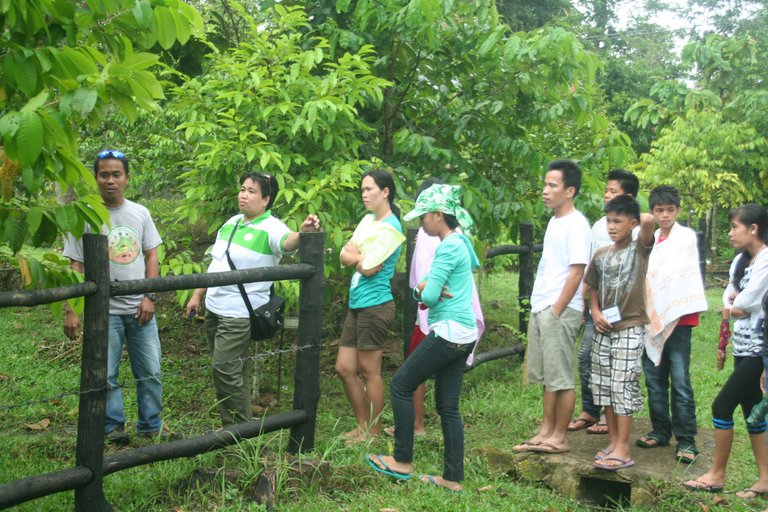
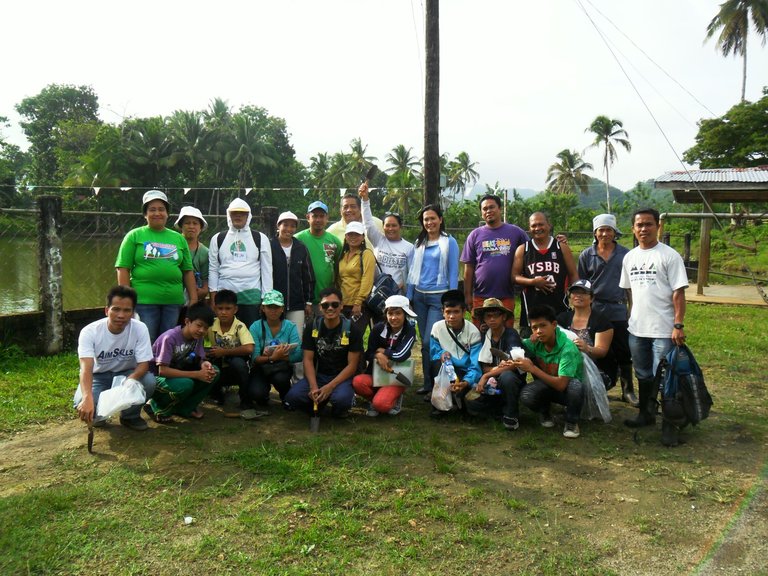
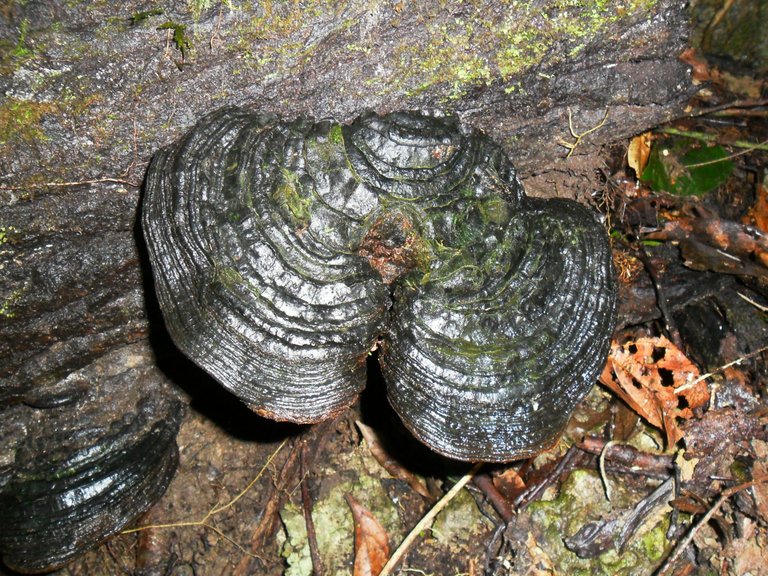
We then proceeded to the potting shed where, after instruction, they filled larger black plastic bags to be used in re-bagging seedlings that had become too large for their original bags. After filling about half a plot bed, we proceeded to the tree planting site.
Each participant was asked to plant one dipterocarp of their choice taken from the nursery. These seedlings were up to one meter tall. The holes had been previously dug and then partially filled with compost. The tree planting was demonstrated along with the way to prepare the bottom of the planting hole by beveling the edges so the root grows outward instead of circling the hole.
One tree planting site was used as a demonstration for a technique to help a tree get through the first hot season. It involves placing a bamboo at an angle into the root zone of the tree. The bamboo (bag away) is about one meter in length. The top of the bamboo is closed off using a plug of leaves, plastic, or other suitable material. This is not done for all trees in the field but just the special trees where survival may be in question, especially if planted too near the dry season.
Following the tree planting, were shown how to remove vines from growing trees. The vines are one of the most dangerous plants for a sapling since if strong enough can kill the tree. Each participant was asked to clear two trees and ring weed around the bottom. By the time this task was finished, it was time to return for lunch at the mess hall.
The closing program consisted of remarks from representatives of the three groups, the focal teachers, the teachers, and the students. Following this presentation, certificates of appearance were distributed. The certificates of a participant in the training will be handed out later as they have to be signed by the regional director as well as the SWCF executive director.
The last activity at the training center was the filling out of evaluation forms. These were then handed to the staff. Each participant then boarded the bus for the return trip to Tagbilaran. We went home full of knowledge on how to manage a nursery and seedling production. We left the training center bringing with us various seedlings of trees and other materials for our seedling chamber preparation.
That’s all for this blog. Thank you for reading and God bless!

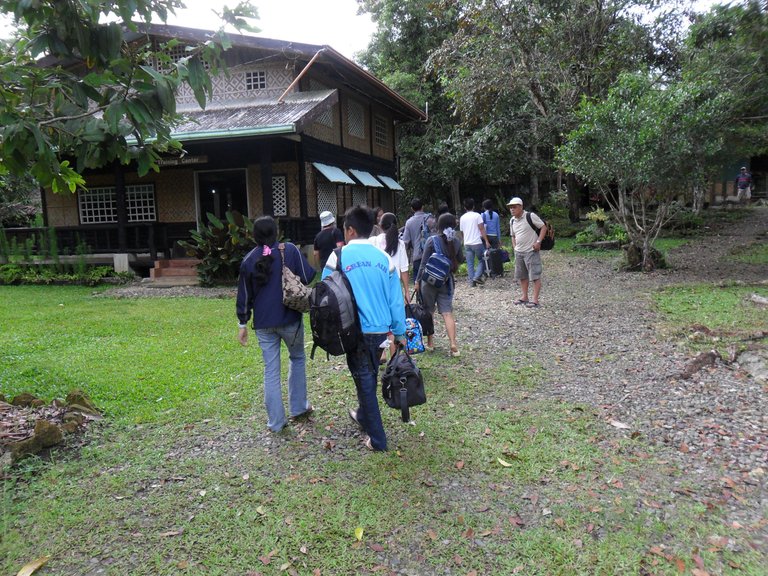
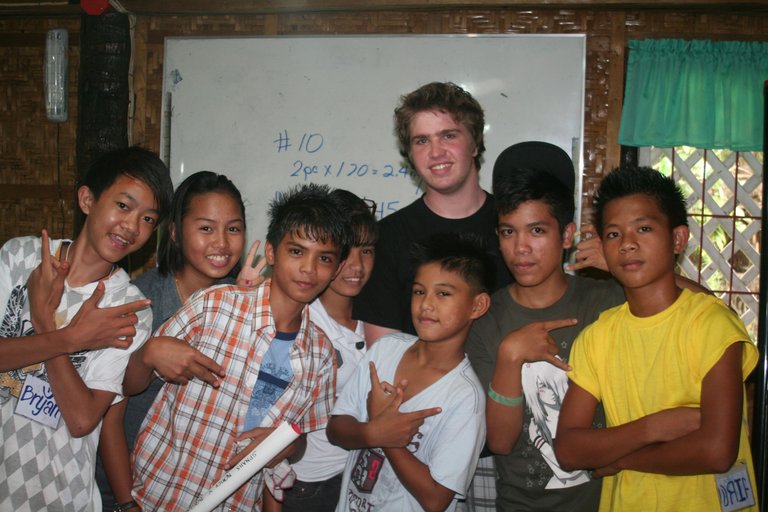
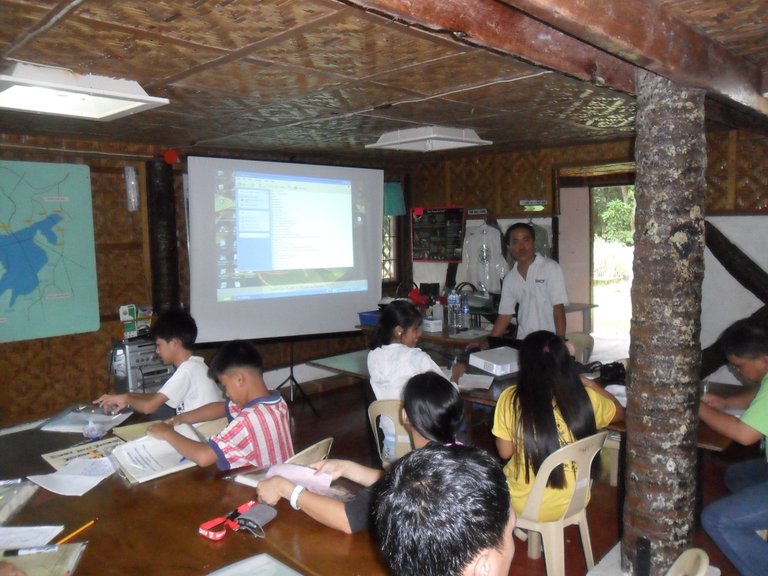
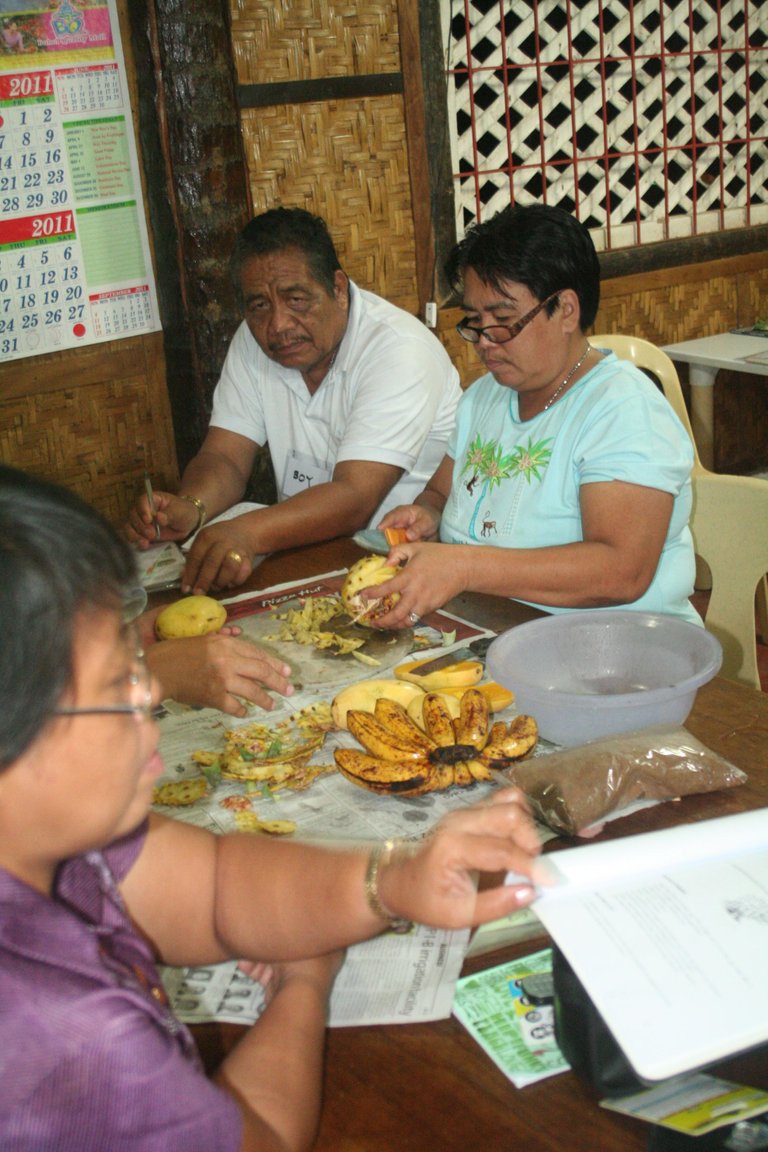
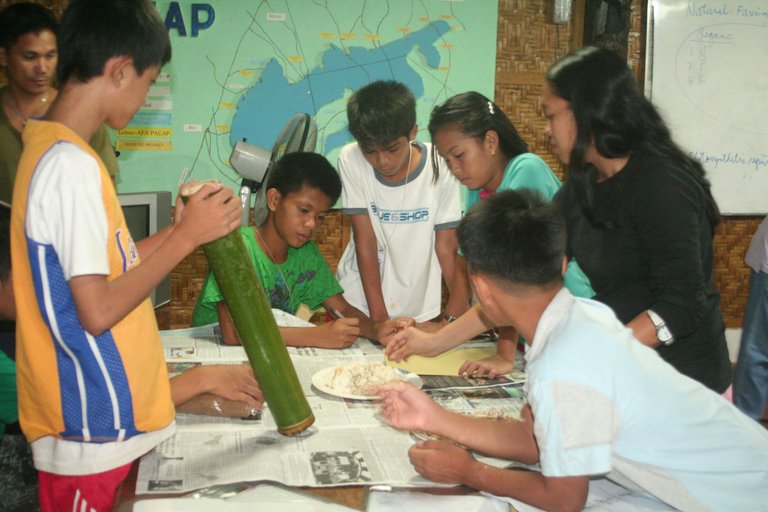


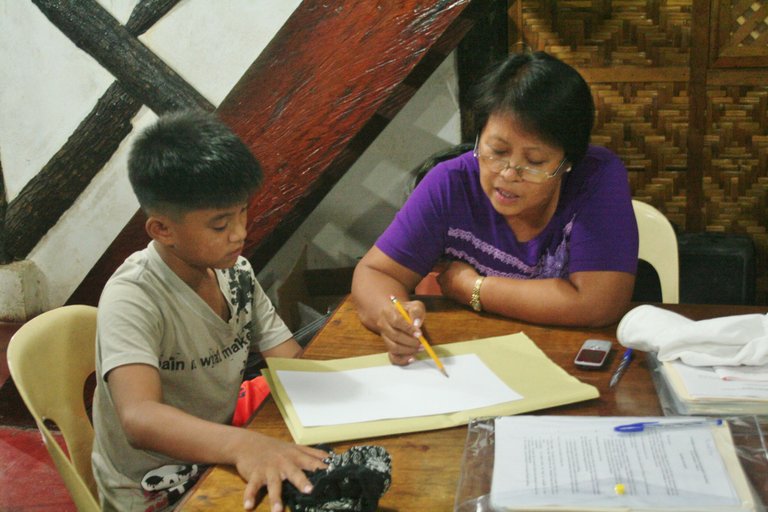
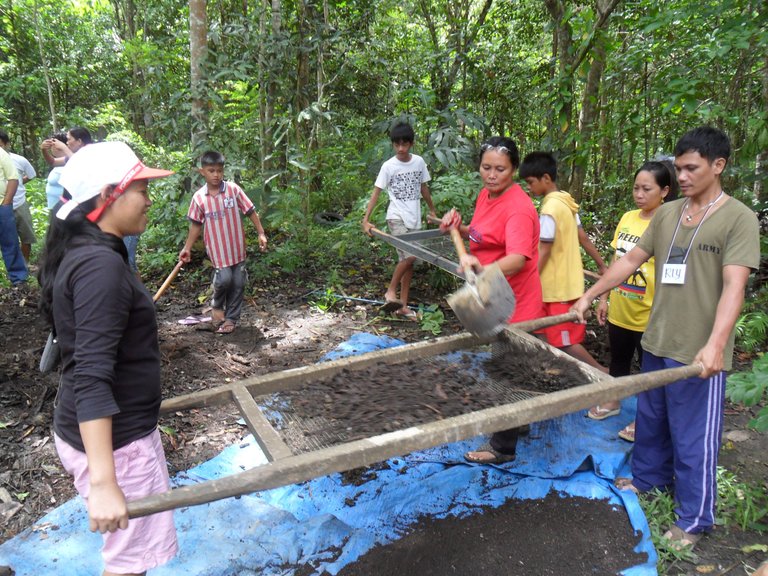
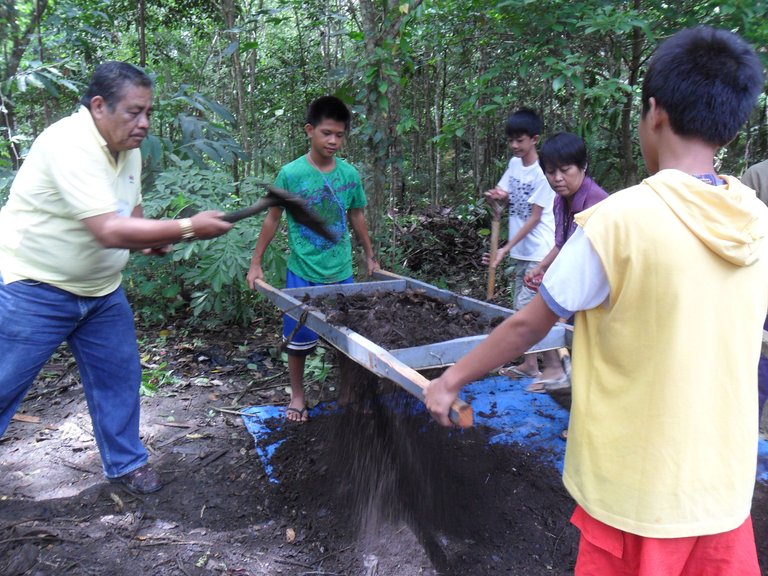

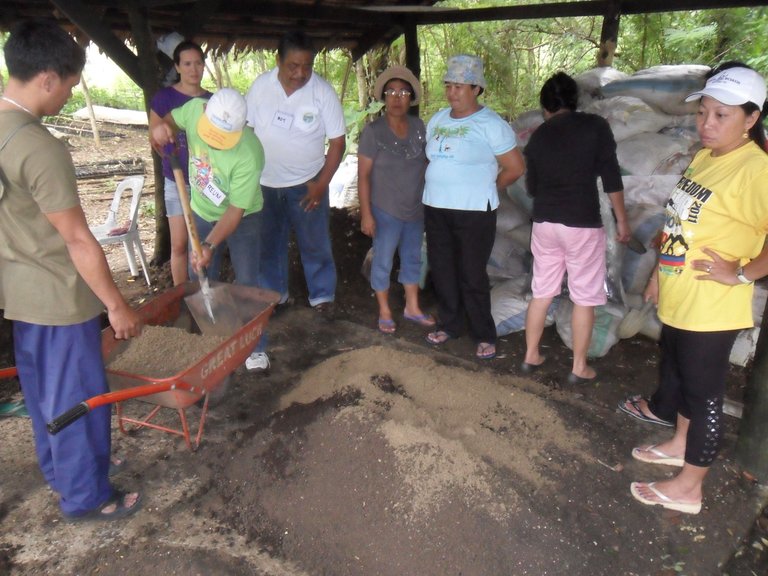
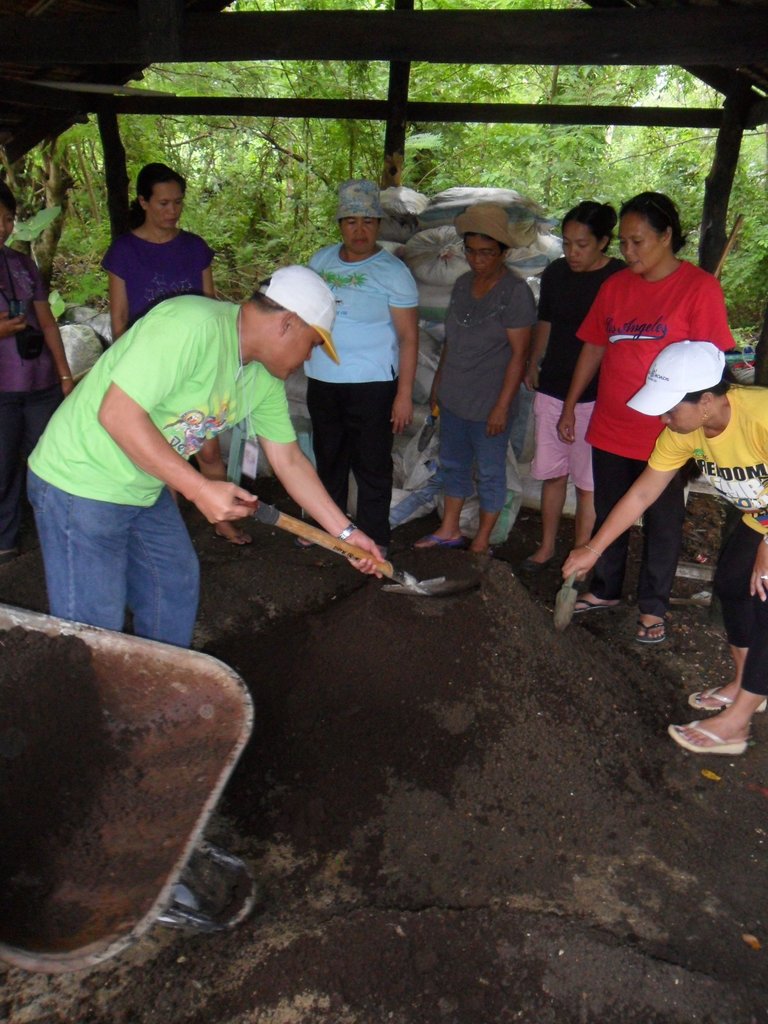
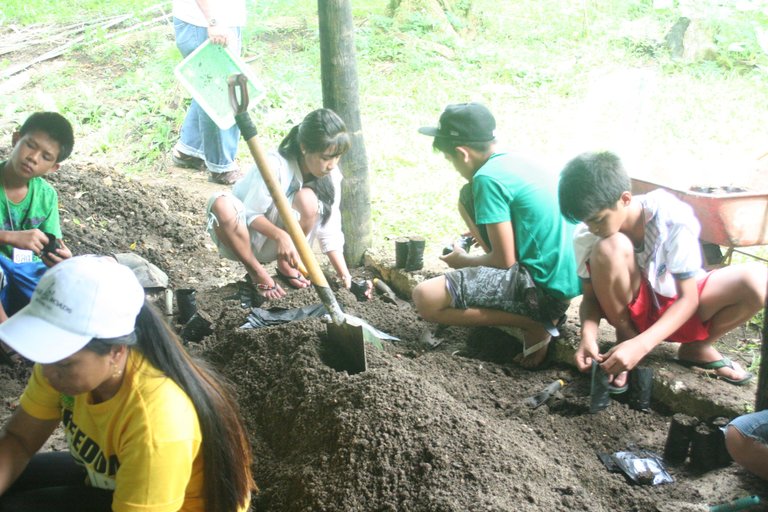
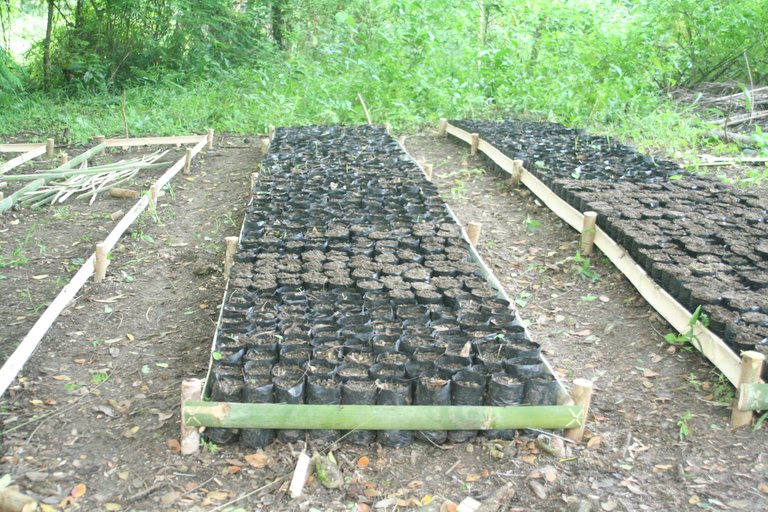
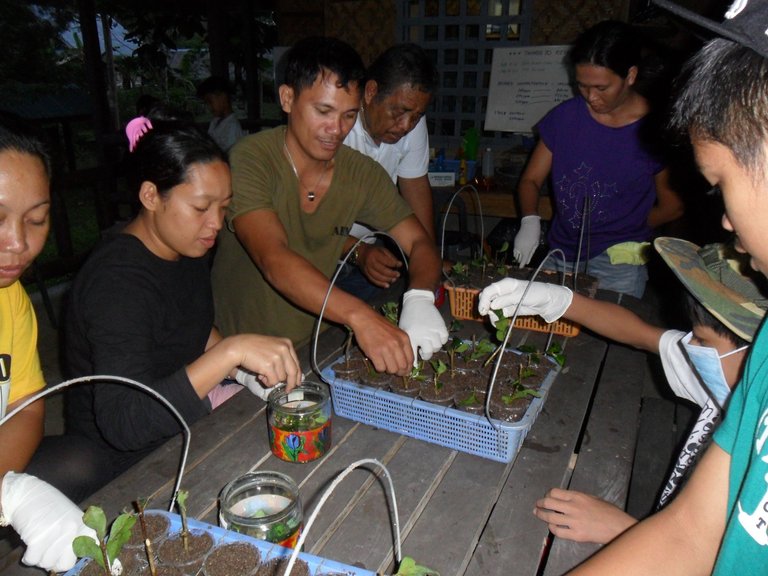
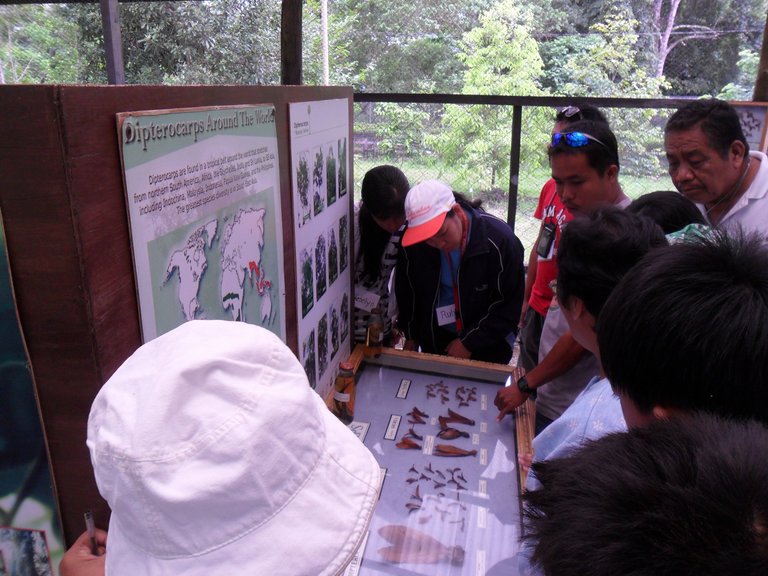

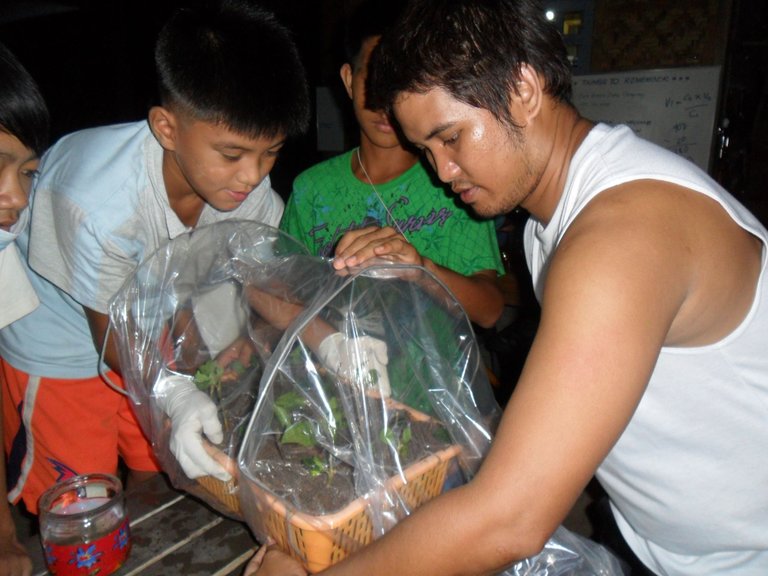
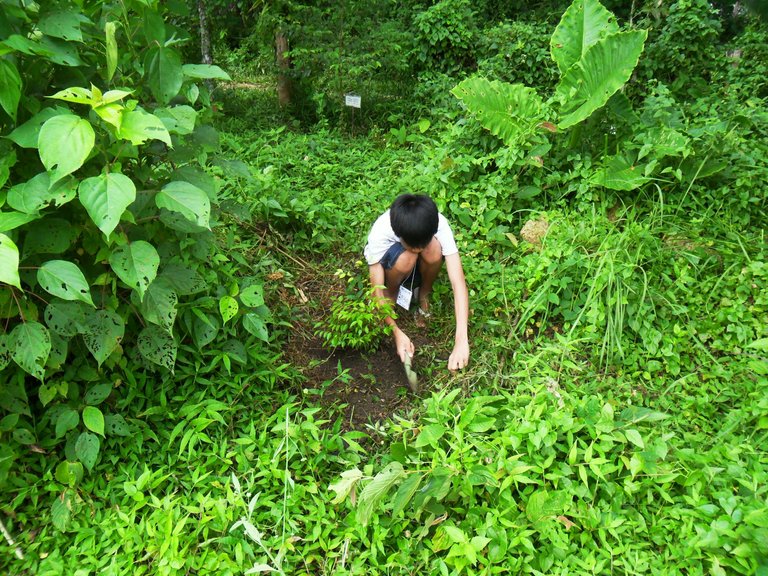
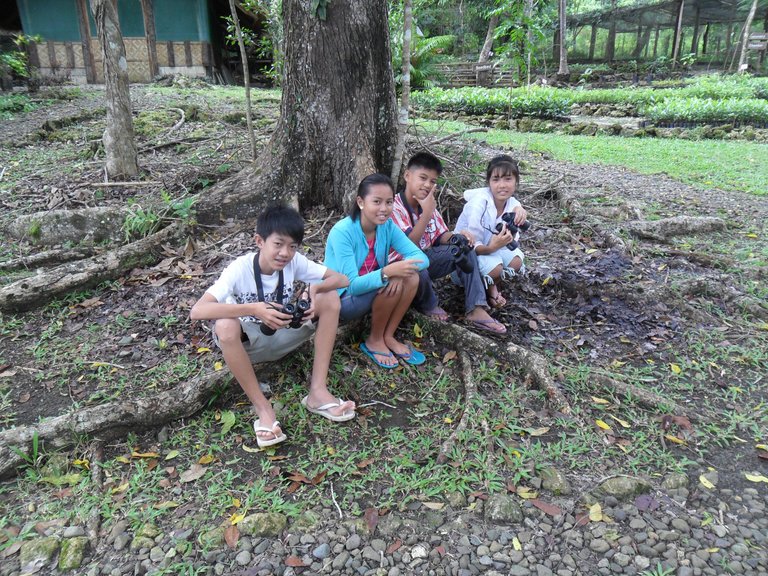
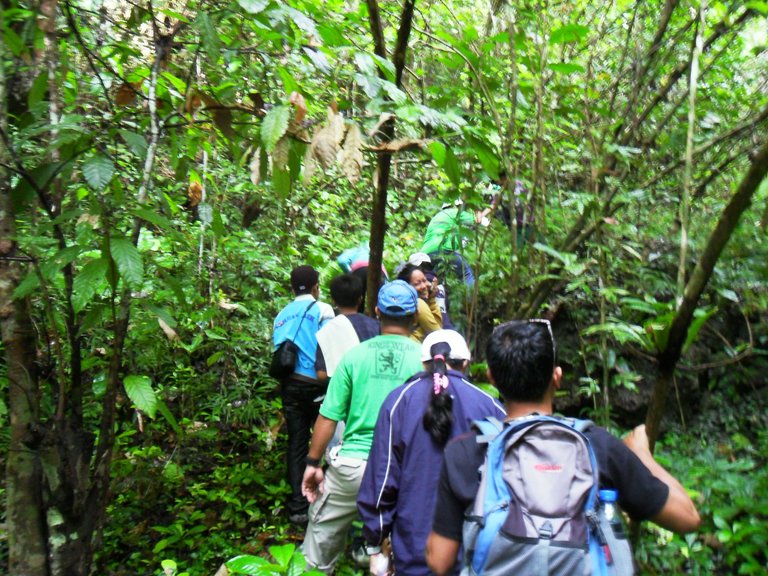
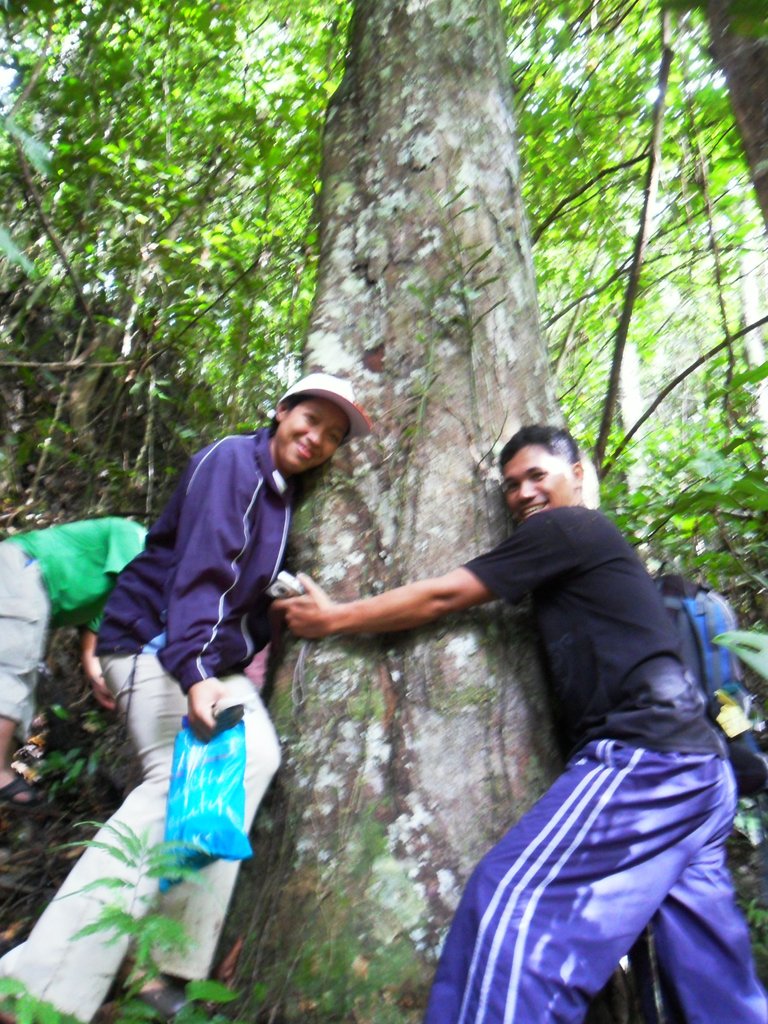
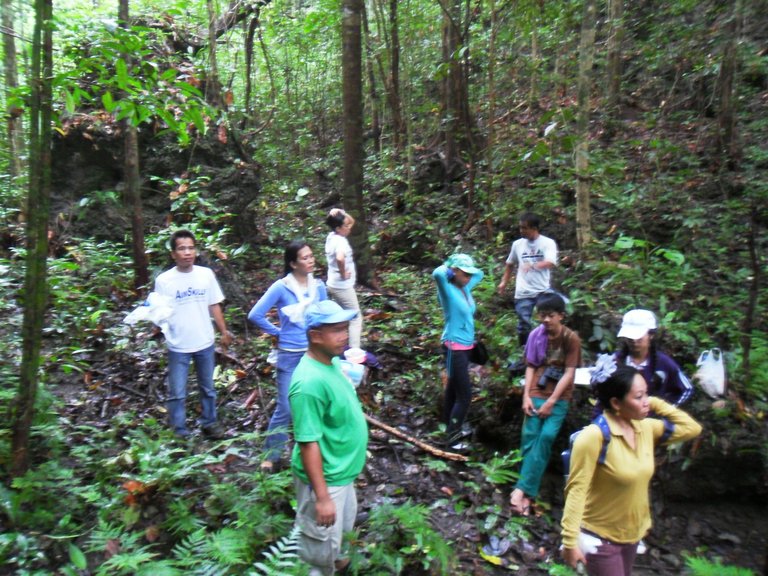
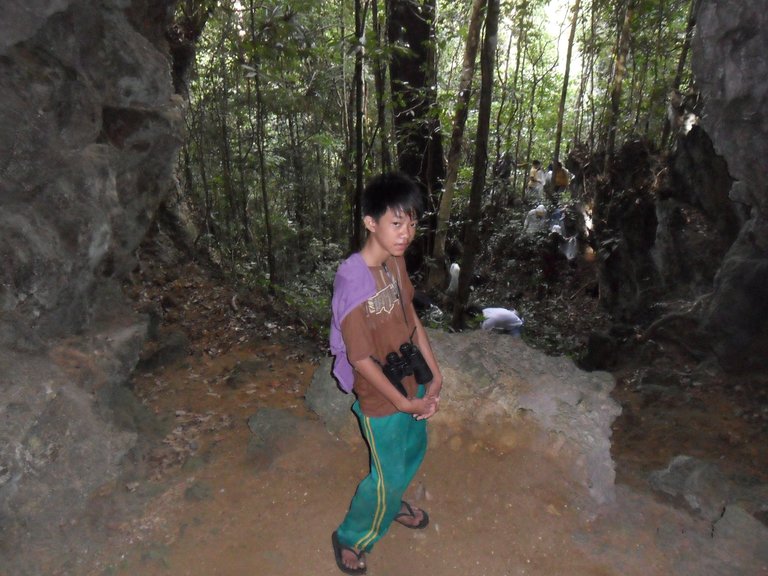
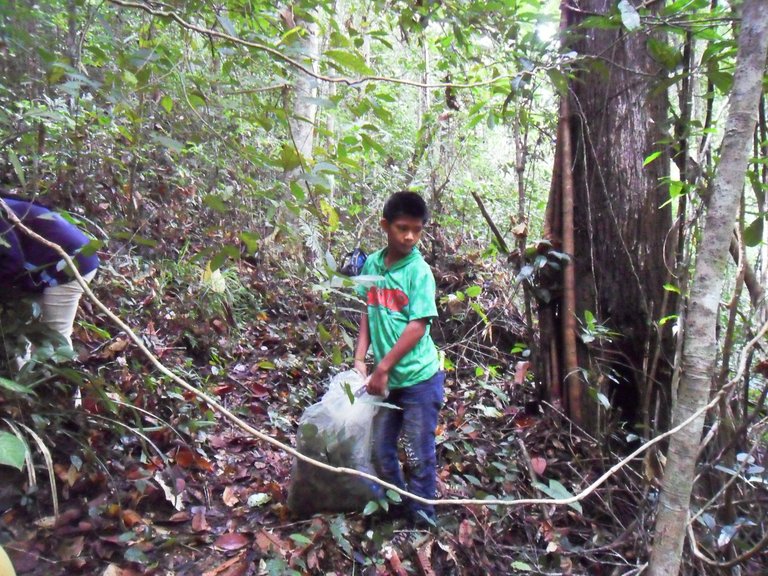
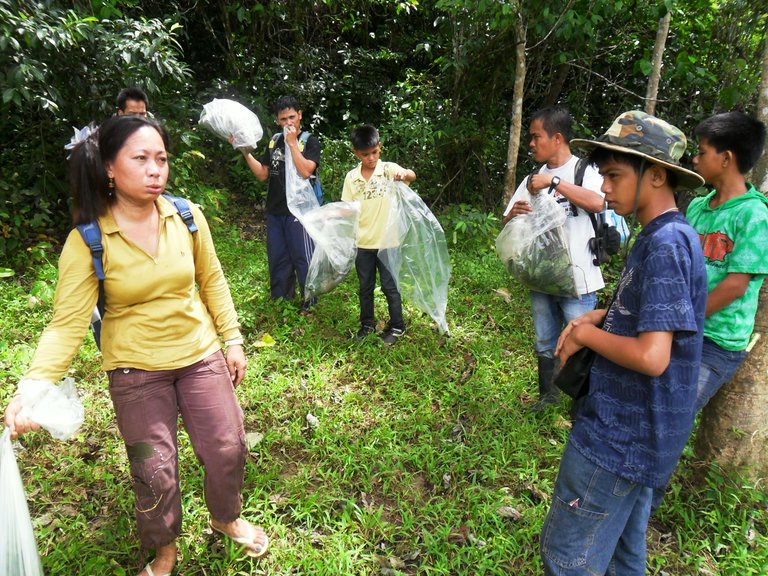
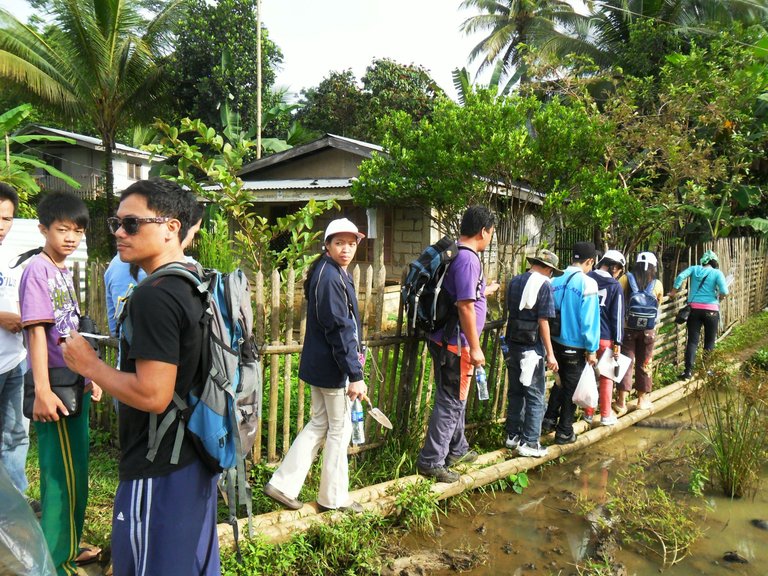
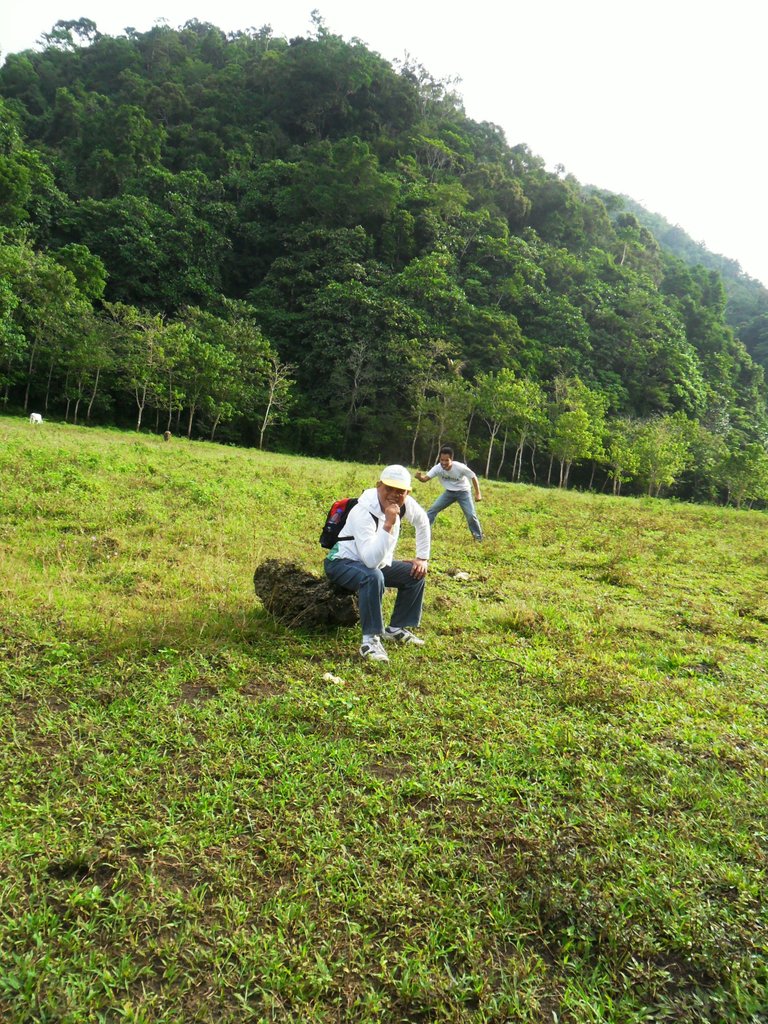
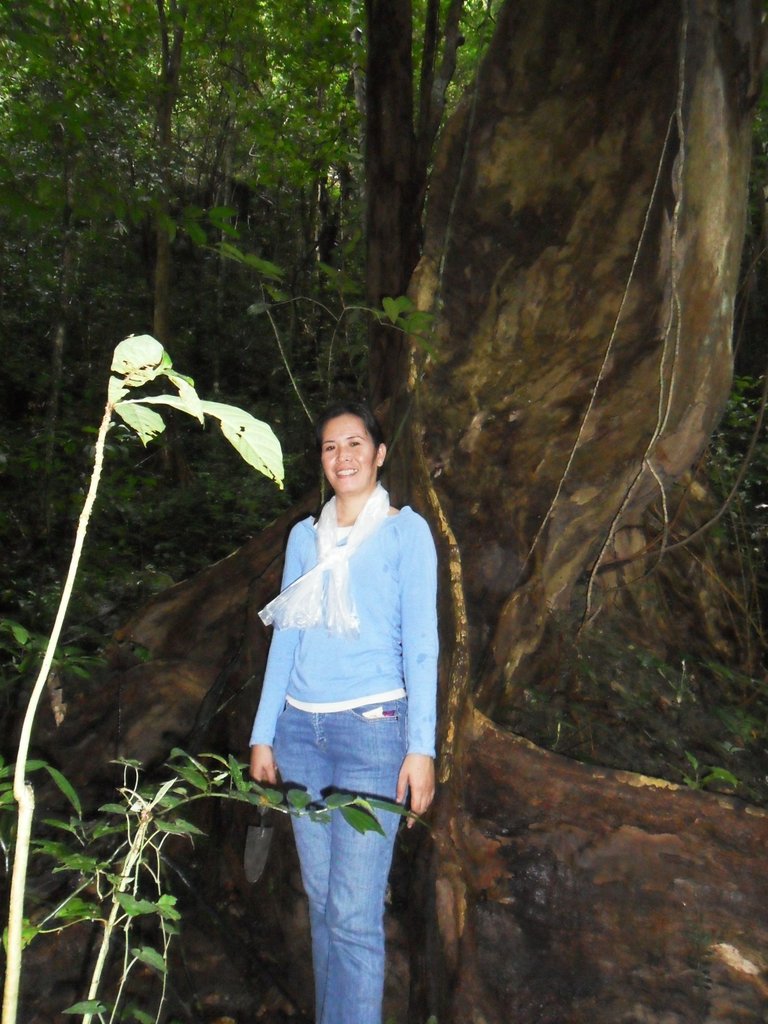
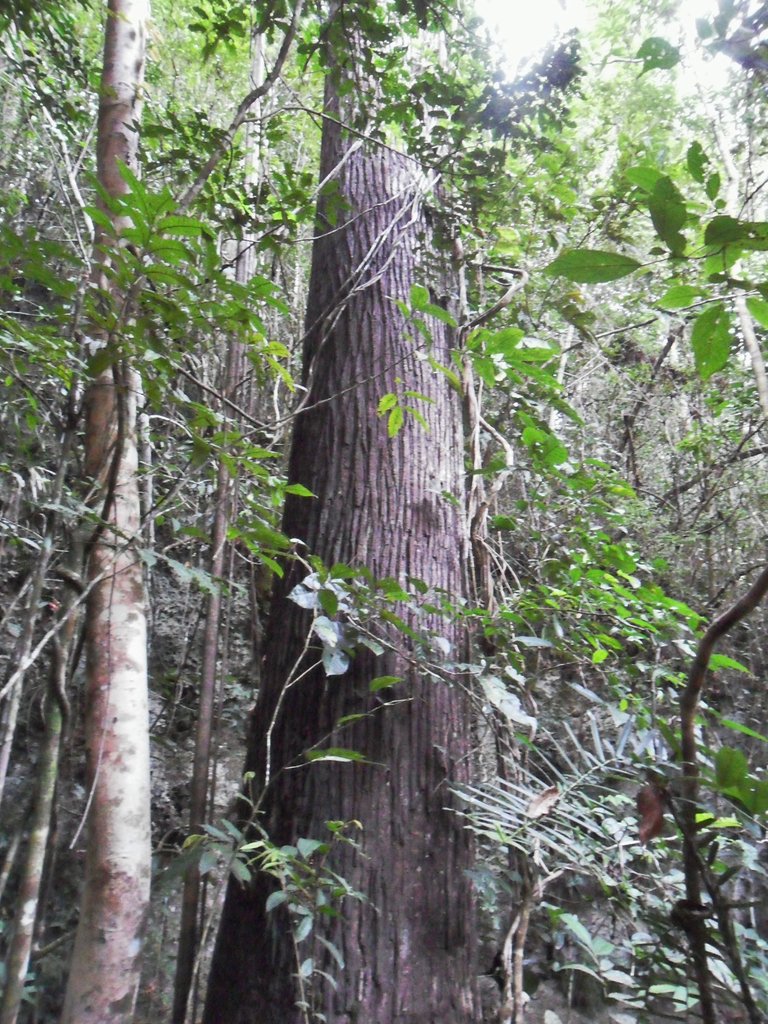
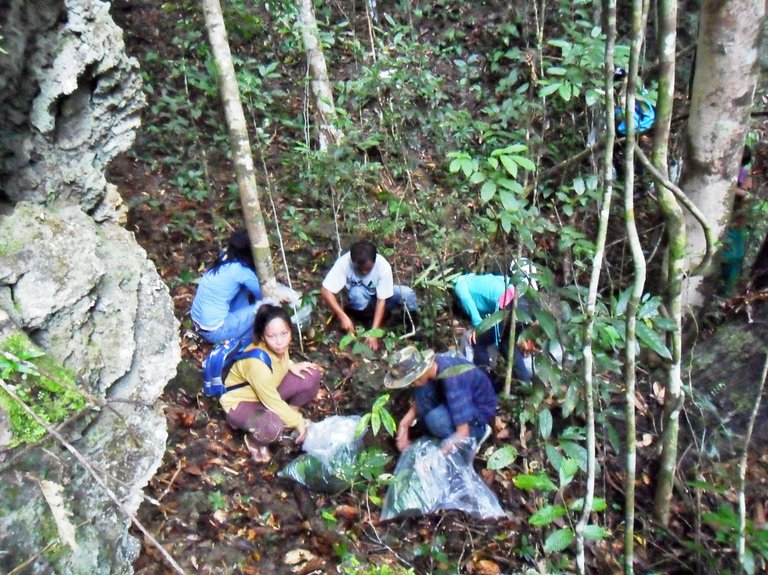
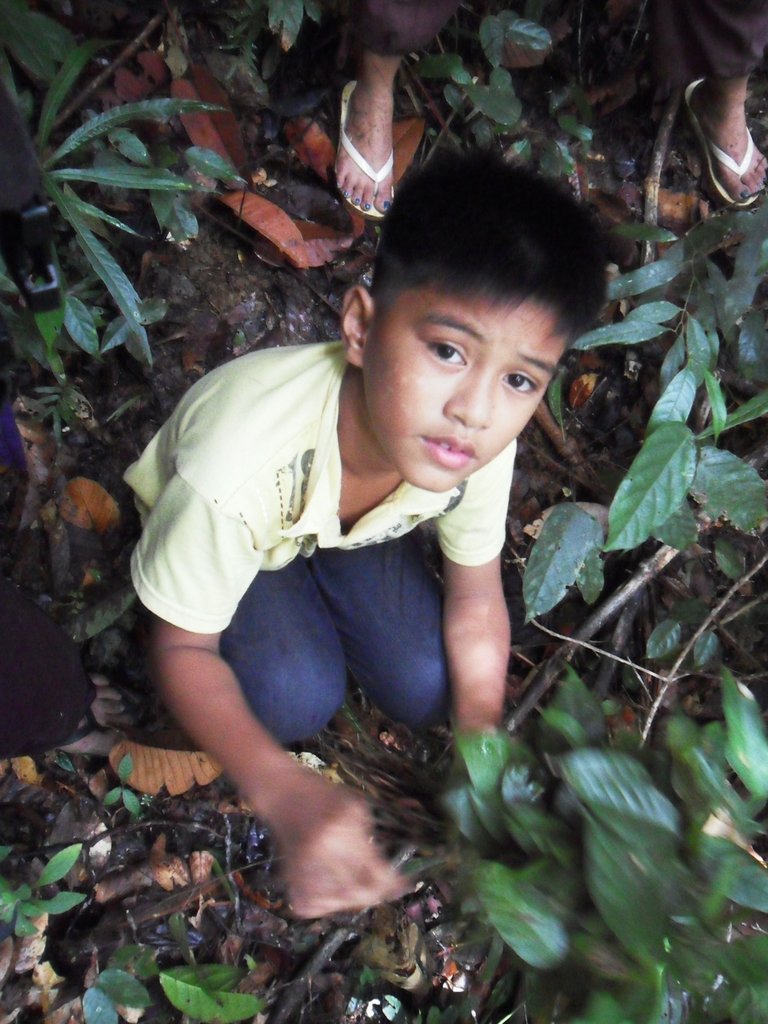
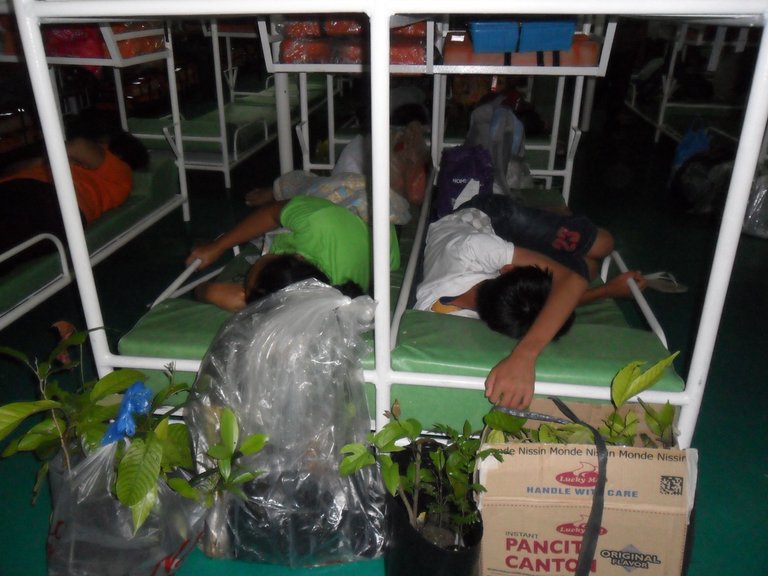
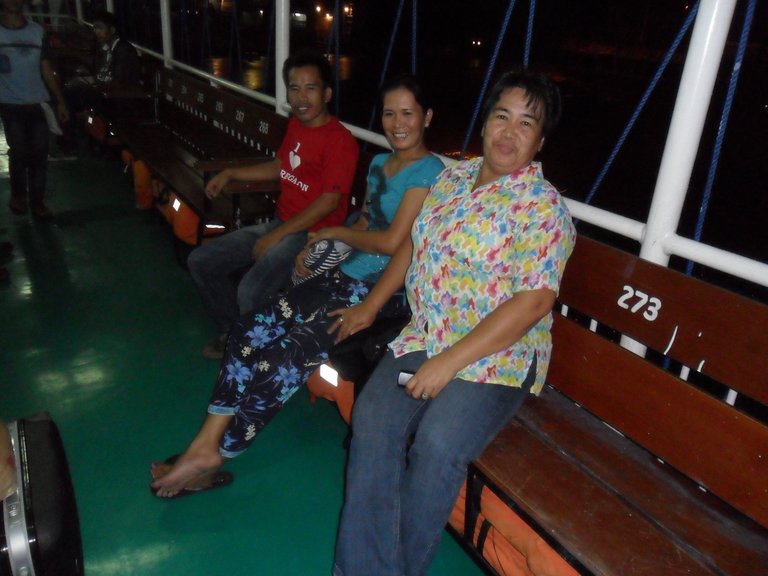
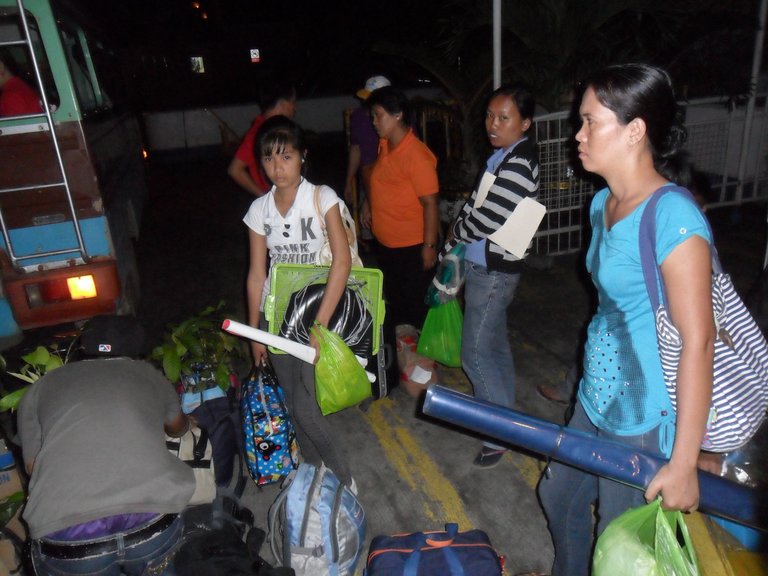

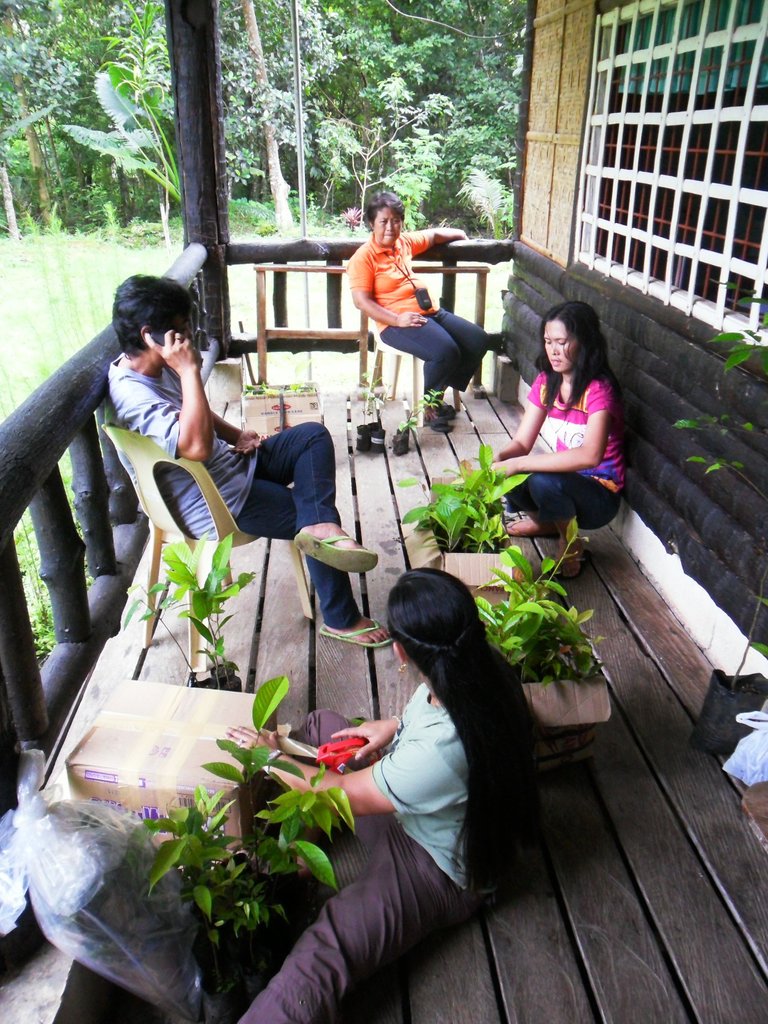
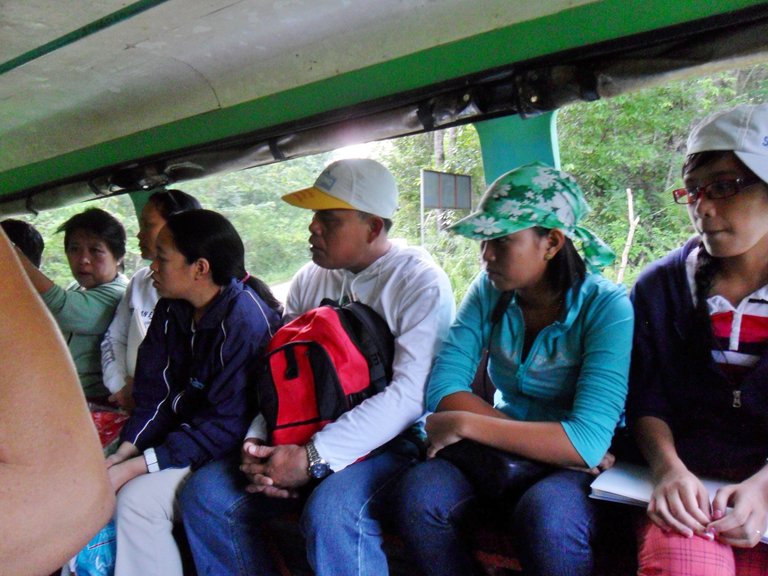
This is an amazing project and I really love it. Thanks for sharing this wonderful post and have a great day.
!PIZZA
Thank you my friend! @twicejoy ! Mary Christmas and Happy New Year!
You're welcome
I gifted $PIZZA slices here:
@twicejoy(1/5) tipped @dehai (x1)
Send $PIZZA tips in Discord via tip.cc!
Congratulations @dehai! You have completed the following achievement on the Hive blockchain And have been rewarded with New badge(s)
Your next target is to reach 1250 upvotes.
You can view your badges on your board and compare yourself to others in the Ranking
If you no longer want to receive notifications, reply to this comment with the word
STOPTo support your work, I also upvoted your post!
Check out our last posts:
Thank you @hivebuzz
You're welcome @dehai! The HiveBuzz team wishes you all the best for 2023! Have a Happy New Year ✨🥂✨
I haven’t heard of this kind of training. I would really join if I knew about it. It seems interesting, especially learning all those stuff, which I didn’t learn when I was in school, so I’m so jealous of the students being able to learn all these.
Yap @wittyzell that's why we were so lucky and our students too that we are the recipient of this project. I always cherished this moment and won't forget this. Thank you @wittyzell for sparing your time for this blog.Happy New Year.!
THe project that have been practice is simply the best things I have seen. It is a wonderful project that create the world into a better place. Thanks for sharing a wonderful post and may you have a great weekend !
Thank you @ahleap for recognizing this project. This is truly advocacy for the environment.To save mother earth.
!LUV
Thank you @benbow2017 for this.
@dehai, @benbow2017(3/10) sent you LUV. | tools | discord | community | HiveWiki | NFT | <>< daily
NFT | <>< daily
This is an amazing project and a great help to the students, it could also hone the teachers' expertise. Good job!
True @melit79.Thanks for dropping by..